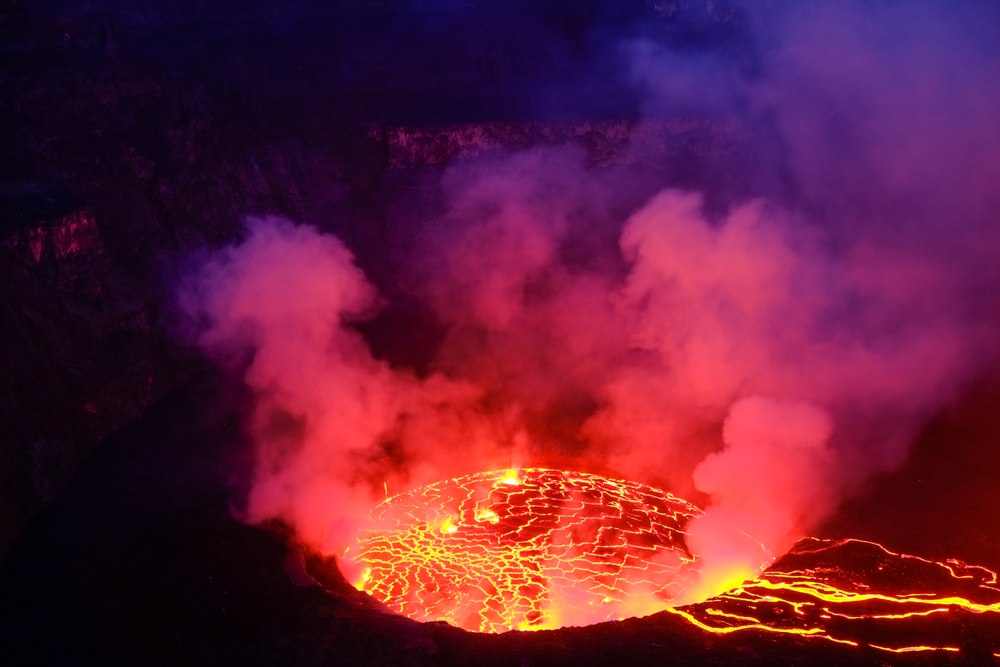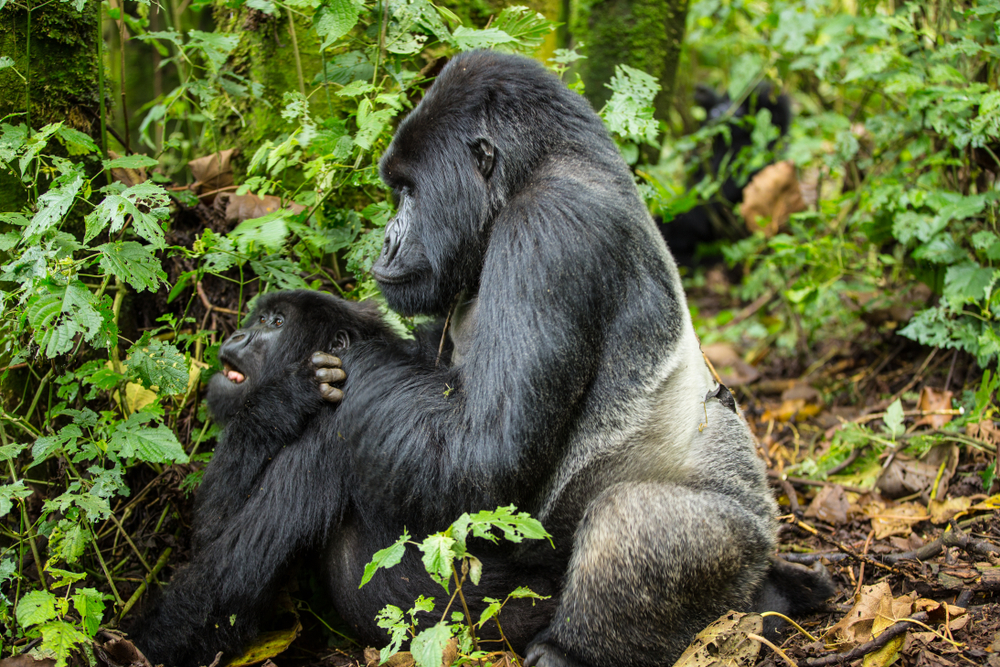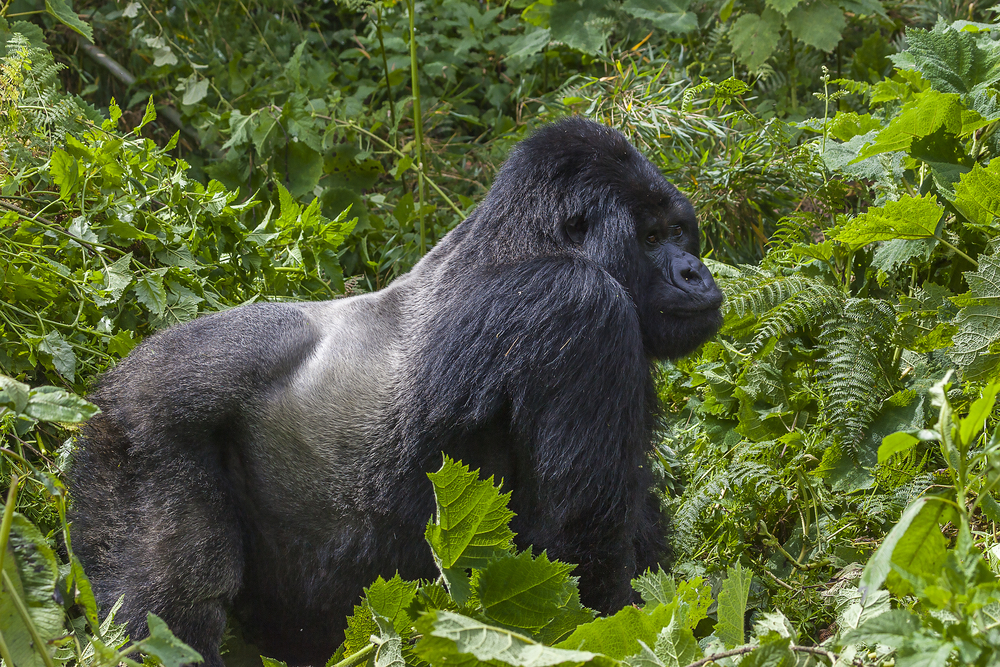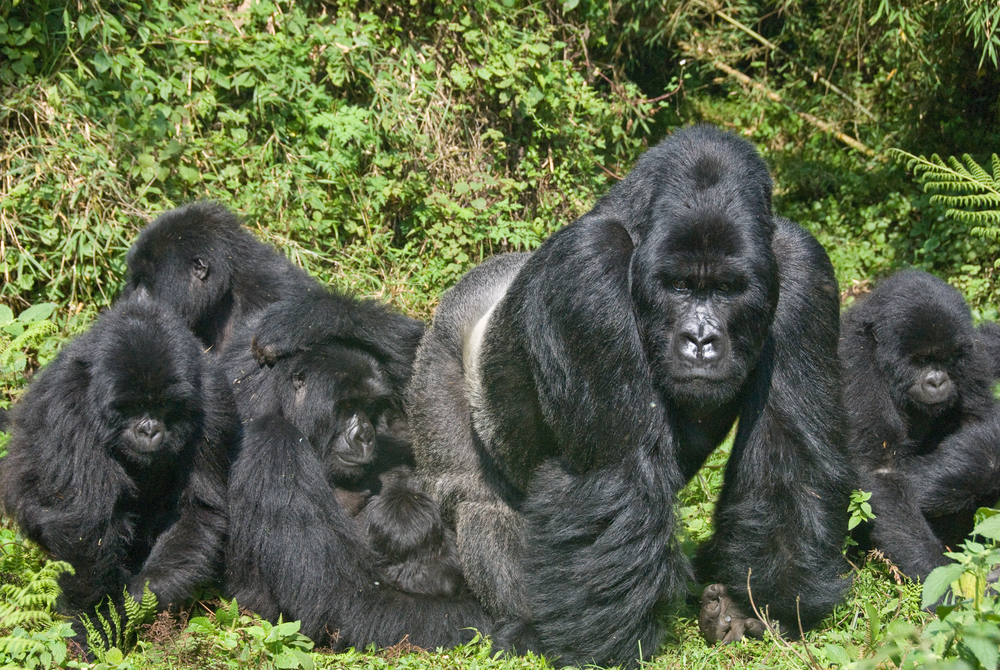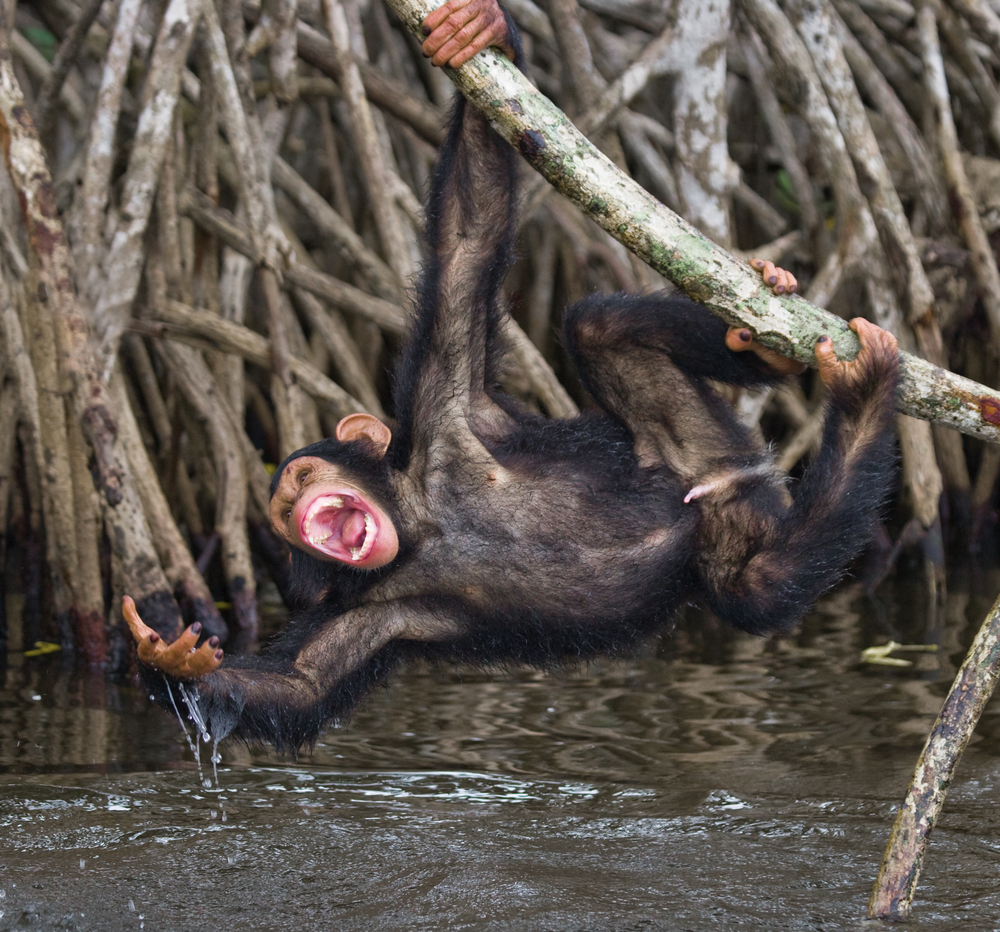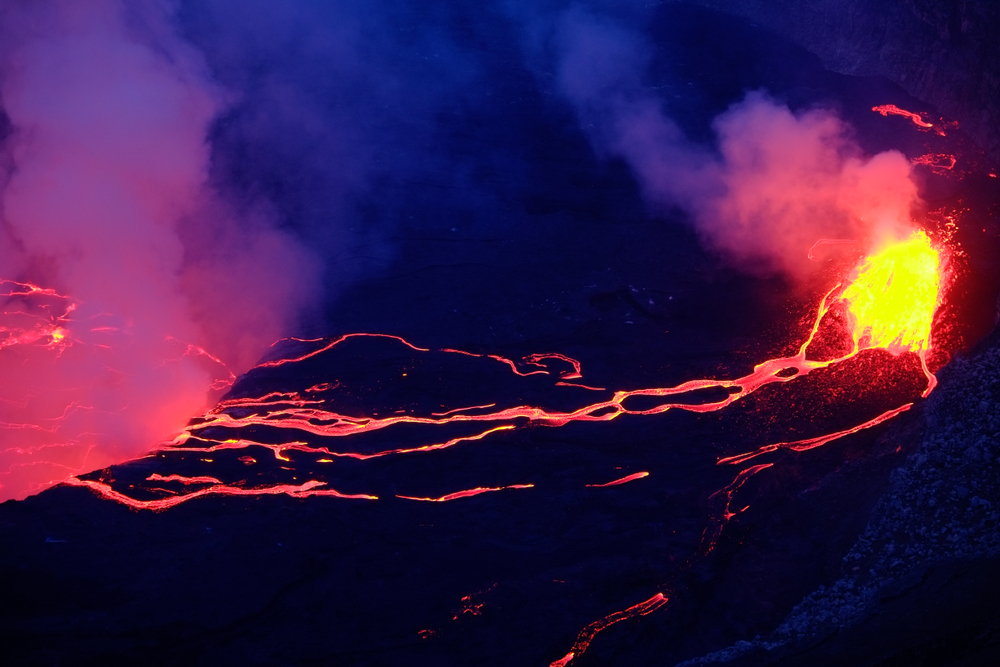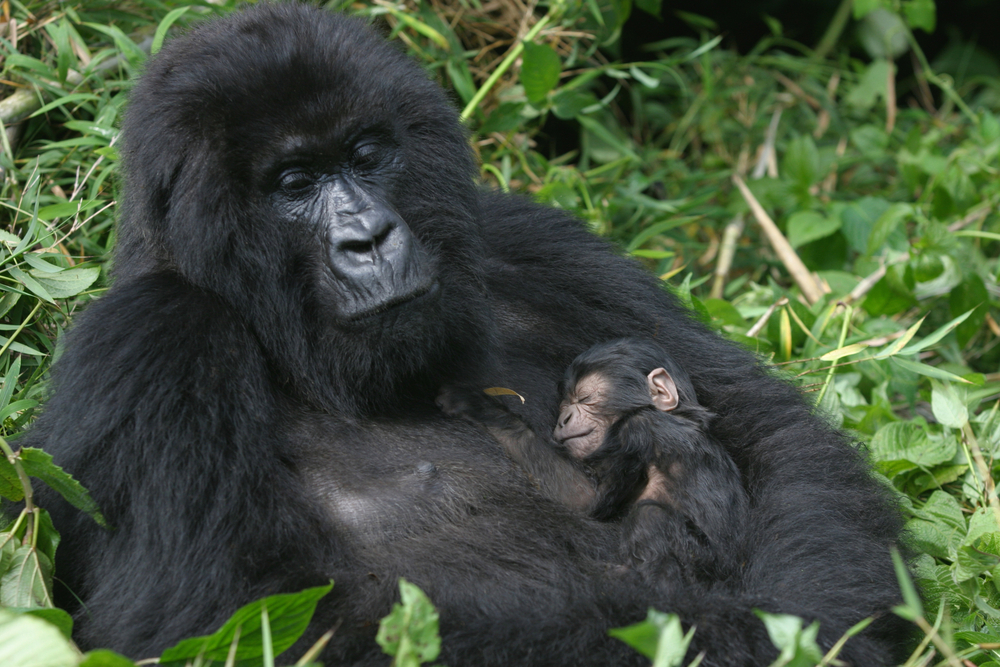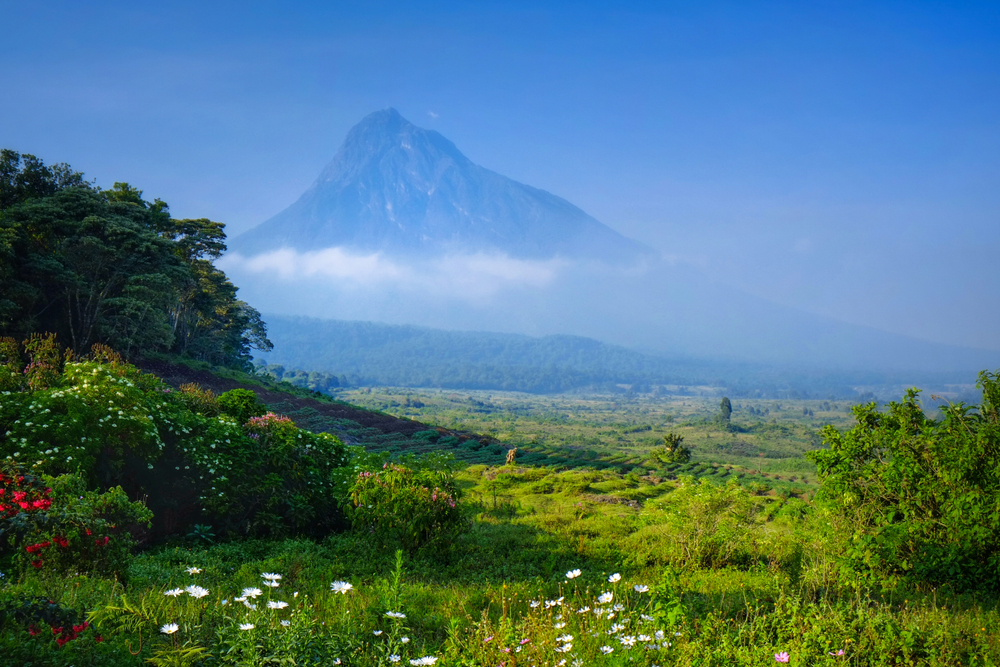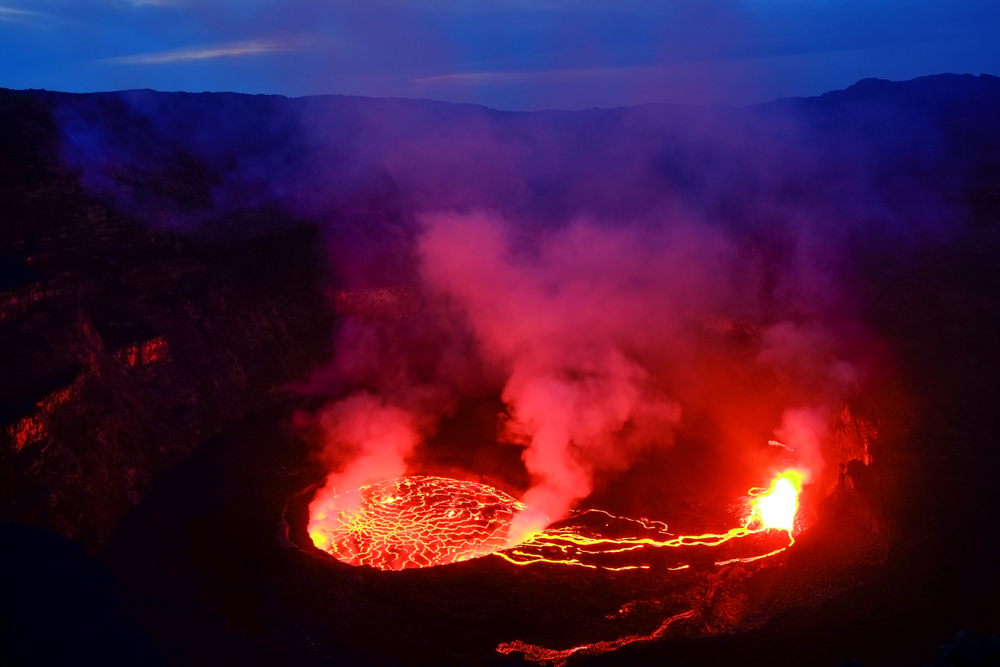Virunga National Park, located in the Democratic Republic of the Congo, is renowned for its exceptional biodiversity, stunning landscapes, and its population of endangered mountain gorillas. This UNESCO World Heritage Site is Africa’s oldest national park and is home to a diverse array of habitats, including active volcanoes, lush rainforests, savannas, and swamps.
One of the park’s most significant attractions is its population of critically endangered mountain gorillas, which reside in the forests of the Virunga Massif. The park’s gorilla population has been the focus of extensive conservation efforts aimed at protecting these iconic primates from poaching, habitat loss, and other threats.
In addition to mountain gorillas, Virunga National Park is home to a wide variety of other wildlife, including elephants, hippos, chimpanzees, and numerous bird species. The park’s diverse ecosystems support an abundance of flora and fauna, making it a haven for nature lovers and wildlife enthusiasts.
Virunga National Park is also known for its dramatic landscapes, including the towering peaks of the Rwenzori Mountains, the lava plains of the Nyiragongo and Nyamuragira volcanoes, and the scenic shores of Lake Edward and Lake Kivu.
Despite facing numerous challenges, including political instability and poaching, Virunga National Park remains a symbol of conservation success and a testament to the importance of protecting Africa’s natural heritage. It offers visitors a unique opportunity to experience the beauty and biodiversity of one of the continent’s most remarkable wilderness areas.










































































